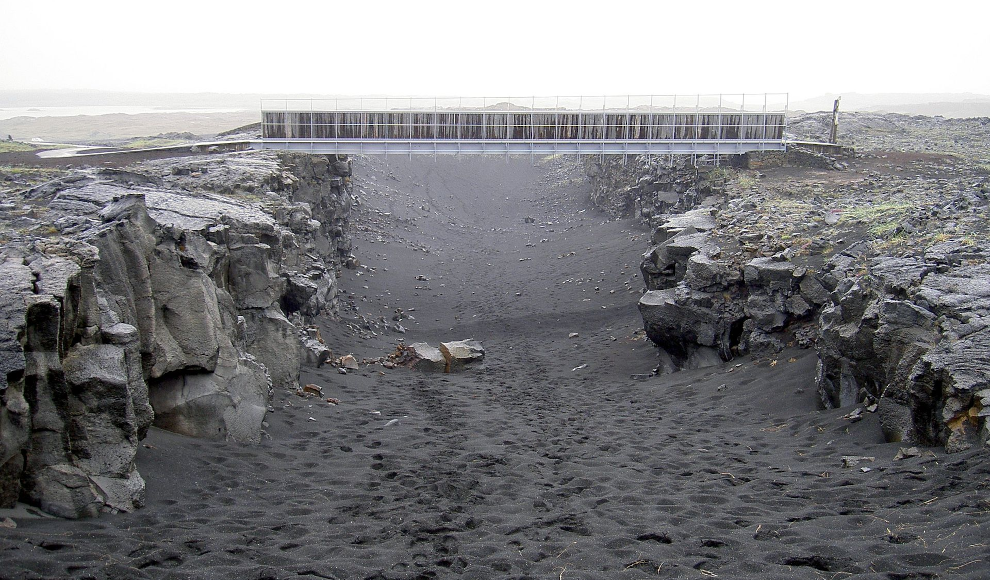A new study has revealed the reason behind the rapid shifts in continental plates that have occurred throughout Earth’s history. Geologists have long suspected that such events were triggered by a cascade effect, in which a strong geological or tectonic event would set off a chain of events leading to a global plate reorganization. However, until now, the timing of individual steps in this reorganization has been difficult to determine. The study, published in the journal Nature Geoscience, analyzed the reorganization phase that occurred around 105 million years ago in detail, using biostratigraphic data from the Neotethys and magnetic measurements in the central Atlantic to develop a geodynamic-tectonic model that accurately reconstructs the processes involved.
During the reorganization phase, the speed of continental drift increased significantly, triggering a reaction that extended from the Neotethys Sea and the sunken continent of Greater Adria to the Atlantic and the Mediterranean. The cascade effect was triggered by the formation of a new mantle plume under Madagascar, which pushed India away from Africa and rotated the African continental plate. This, in turn, led to the formation of a new subduction zone along the eastern side of Africa, which accelerated the drift and rotation of the African plate and caused a series of further tectonic changes, including the formation of a new subduction zone in the western Mediterranean.
The study provides the first evidence of a tectonic cascade effect and sheds light on the forces behind plate movements, which have a significant impact on fundamental processes such as mountain building, ocean circulation, volcanism, and global climate. The findings could help scientists better understand the mechanisms behind plate reorganizations and their effects on the planet.







